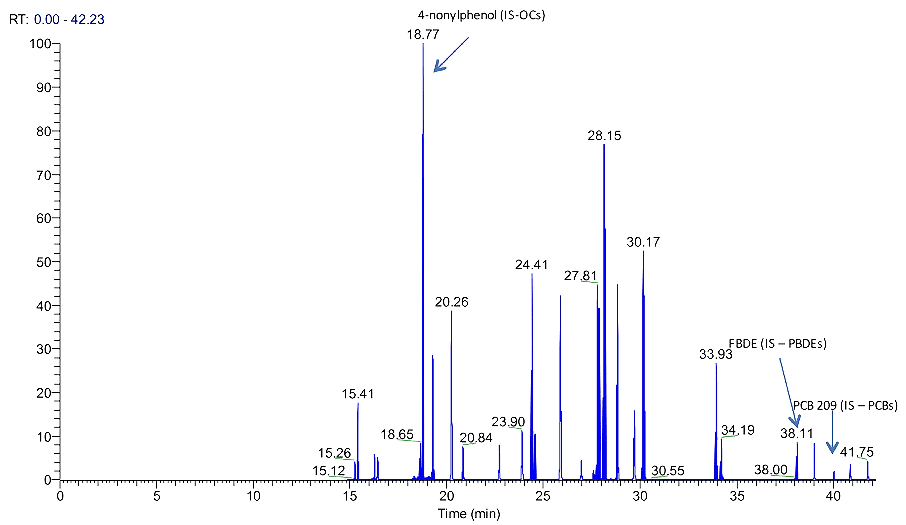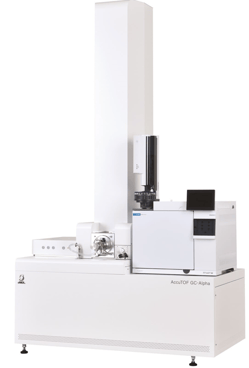Molecular-Level Insights Through Gas Chromatography Mass Spectrometry (GCMS)
Precisely identify and quantify trace organic compounds with our advanced GCMS capabilities - delivering comprehensive chemical analysis with superior sensitivity.Get Expert Analysis of Your Material
What is Gas Chromatography Mass Spectrometry (GCMS)?
Gas Chromatography-Mass Spectrometry (GCMS) combines powerful separation technology with precision mass detection to identify unknown compounds, quantify specific substances, and analyze complex mixtures with exceptional accuracy.

Our Process
Sample Introduction
The sample is injected, vaporized, and carried by an inert gas.
Separation
The vaporized sample moves through a column, separating compounds by boiling points and interactions.
Ionization & Detection
Compounds exiting the column are ionized, forming charged fragments that are detected and recorded.
Data Analysis
The resulting mass spectrum identifies the compounds and quantifies their concentrations.
GCMS Instrument Used
JEOL JMS-T2000 AccuTOF GC-Alpha GCMS
- Integrated NIST library search software for analyte identification
- Inert electron ionization source
- Temperature Range: 150 to 300 °C
- High sensitivity: instrument detection limit (IDL) = 18.7 fg
- Wide Dynamic Range: 4 Orders
- Wide Mass Range: ~m/z 6,000
- High Mass Resolving Power: 30,000
- High Mass Accuracy: to 1 ppm

Strengths
- Highest sensitivity for identification to trace organic impurities / contaminants
- Requires minimal sample volumes
- Optimized for organic compound analysis
- Cost-effective chemical analysis
Limitations
- Requires time-intensive data analysis / interpretation
- Destructive analysis
- Cannot directly analyze non-volatile, polar, or combustible samples
Your Material Analysis Begins Here
Our team of experts is ready to provide a detailed and accurate quote tailored to your specific project requirements
Sample requirements
Power Requirements
Different method setups can accommodate solid or liquid phase
* Please note: Gas samples are difficult and sometimes impossible to analyze with our current instrumental setup.
